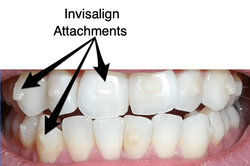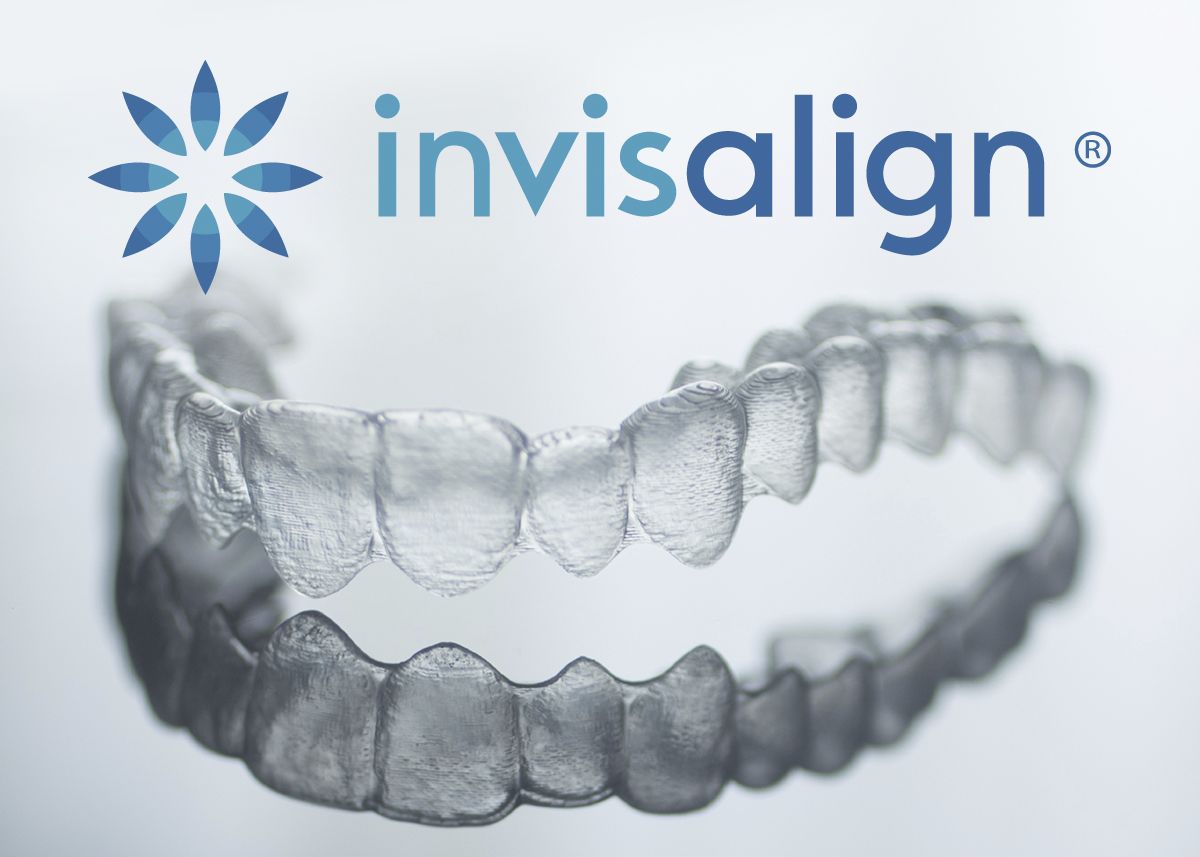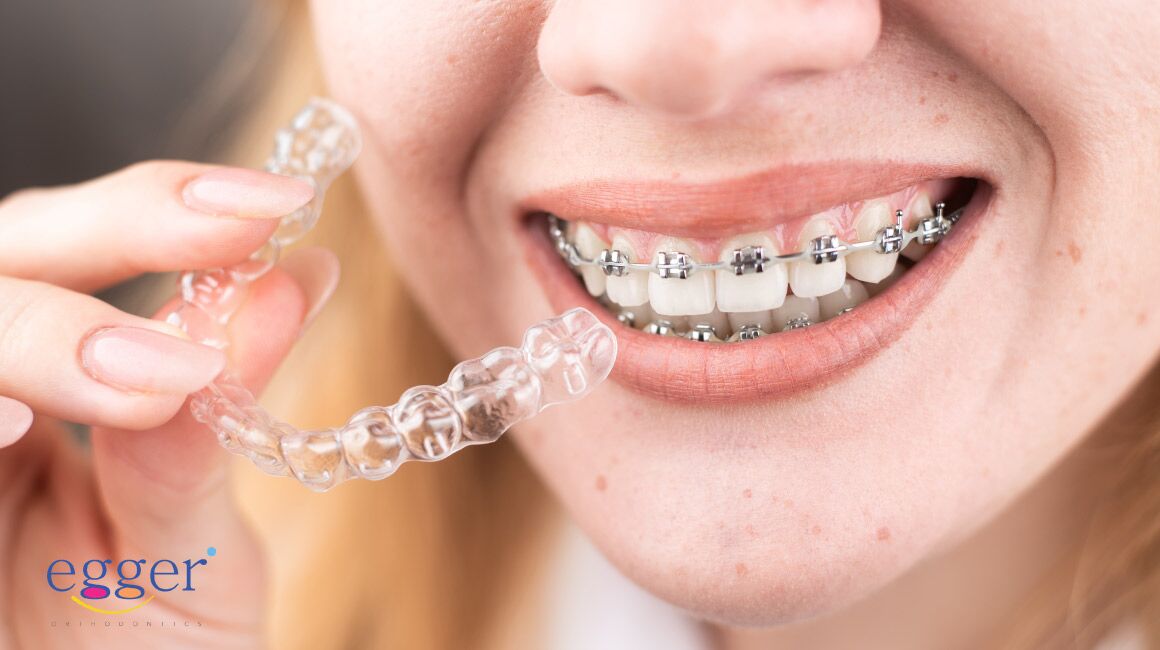Discover the Perks of Invisalign for a Perfect Smile Transformation
Discover the Perks of Invisalign for a Perfect Smile Transformation
Blog Article
Invisalign vs. Traditional Braces: Which Choice Is Right for You?
When taking into consideration orthodontic treatment, the choice between Invisalign and standard dental braces offers several essential variables that warrant cautious assessment. Invisalign supplies a very discreet alternative with removable aligners, while traditional braces give an extra noticeable yet effective solution for severe misalignment. Each option encompasses unique benefits and drawbacks associated to aesthetics, comfort, treatment period, and price. Recognizing these subtleties is critical for making an educated choice that straightens with your individual choices and way of life. The concern stays: which option will best meet your orthodontic demands and assumptions?
Overview of Therapy Choices

In contrast, conventional dental braces contain metal braces and wires that are bonded to the teeth. This approach applies continual pressure in time to attain alignment. While reliable for complex orthodontic problems, traditional braces need normal sees for adjustments and can position obstacles in maintaining oral hygiene as a result of the problem of cleaning about braces and cables.
Both options have their advantages, and the selection often hinges on certain oral problems, way of living choices, and person compliance. Inevitably, speaking with an orthodontic professional is essential for identifying the most appropriate therapy plan customized to private requirements. Comprehending the subtleties of each choice can dramatically affect the total success of orthodontic treatment.
Visual Factors To Consider
A substantial variable affecting the selection in between Invisalign and standard braces is the aesthetic appeal each treatment supplies. Invisalign aligners are crafted from clear plastic, making them virtually unseen when put on. This very discreet appearance is especially appealing to young adults and grownups who may really feel awkward regarding their orthodontic treatment. The ability to maintain an all-natural smile throughout the positioning process can considerably enhance the person's self-confidence in social and expert setups.
In contrast, conventional braces include steel brackets and cords, which can be much more recognizable. While innovations in orthodontic modern technology have led to the advancement of smaller braces and tinted elastics, standard dental braces still preserve a more noticeable account. For some individuals, the presence of braces might prevent them from seeking needed treatment.
Eventually, the selection between Invisalign and standard braces might rest on individual choices concerning aesthetic appeals. Patients who focus on discretion usually favor Invisalign, while those who are much less worried about exposure may decide for traditional braces. Recognizing the visual implications of each option is critical for making an informed decision that lines up with one's way of living and preferences.
Comfort and Convenience

In regards to comfort, Invisalign aligners are removable, enabling clients to appreciate their preferred foods without restriction and keep ideal oral health. basics Cleaning and flossing are simplified, as the aligners can be taken out throughout these regimens, whereas conventional dental braces need cautious maneuvering around cables and brackets.
In addition, Invisalign's modern system permits less orthodontic check outs. Patients usually get several collections of aligners simultaneously, which can streamline the therapy process and lower time spent in the orthodontist's chair. On the other hand, traditional braces necessitate routine changes, making them much less practical for those with busy routines. Invisalign. On the whole, the convenience and ease of Invisalign make it an enticing selection for several people looking for orthodontic treatment.
Therapy Duration and Performance
While both Invisalign and traditional dental braces work in remedying oral imbalances, the period of treatment can differ substantially between both alternatives. Normally, Invisalign treatment can take anywhere from 12 to 18 months, depending upon the complexity of the case. The clear aligners work by gradually changing teeth right into their preferred positions, and regular follow-ups with an orthodontist assistance ensure development stays on track.
On the other hand, standard dental braces usually need a longer commitment, generally varying from 18 months to three years. This is due to their set nature and using braces and cables, which can be extra effective for extreme misalignments and complex situations (Invisalign). The treatment efficiency of conventional braces is well-documented, as they permit for precise changes and better control over tooth movement
Eventually, the option between Invisalign and typical braces may rest on both the awaited therapy duration and the details oral problems handy. Consulting with an orthodontist is essential, as they can provide tailored referrals based upon private needs, ensuring the picked technique lines up with preferred timeframes and end results.
Price Comparison and Insurance Alternatives
Expense plays a considerable role in the decision-making procedure for individuals considering orthodontic therapy, whether selecting Invisalign or traditional dental braces. Typically, the price of Invisalign varieties from $3,000 to $8,000, while traditional dental braces normally look at this site cost in between $2,000 and $6,000. Elements affecting these expenses consist of the complexity of the instance, the duration of therapy, and geographical place.
Lots of oral insurance plans give partial coverage for orthodontic therapies, yet the specifics can vary widely. Normally, typical braces may be extra frequently covered by insurance coverage strategies contrasted to Invisalign, which some insurers categorize as a cosmetic treatment.
In addition, several orthodontic practices use adaptable settlement plans, making both treatment choices extra accessible. Clients ought to make inquiries concerning possible funding options and discount rates for in advance payments. Evaluating the complete cost, consisting of insurance benefits and layaway plan, is crucial for making an informed decision that lines up with both aesthetic preferences and budget factors to consider.

Conclusion
In summary, the selection in between Invisalign and traditional braces depends upon numerous elements, consisting of visual preferences, convenience, treatment period, and expense. Invisalign supplies a discreet, detachable alternative that promotes oral hygiene and dietary adaptability, while traditional braces may be better for intricate oral problems and typically come at a reduced price point. Eventually, examination with an orthodontist is important to evaluate individual conditions and determine one of the most appropriate treatment alternative for achieving optimal dental placement.
When taking into consideration orthodontic treatment, the option between Invisalign and standard dental braces find this provides numerous vital factors that merit careful assessment.Contrasting Invisalign and conventional dental braces exposes distinctive therapy alternatives for orthodontic correction.While both Invisalign and traditional dental braces are reliable in fixing dental misalignments, the period of therapy can differ dramatically in between the two options.Cost plays a substantial function in the decision-making procedure for individuals thinking about orthodontic therapy, whether opting for Invisalign or typical braces.In recap, the choice between Invisalign and typical dental braces hinges on numerous aspects, including visual preferences, convenience, therapy period, and cost.
Report this page